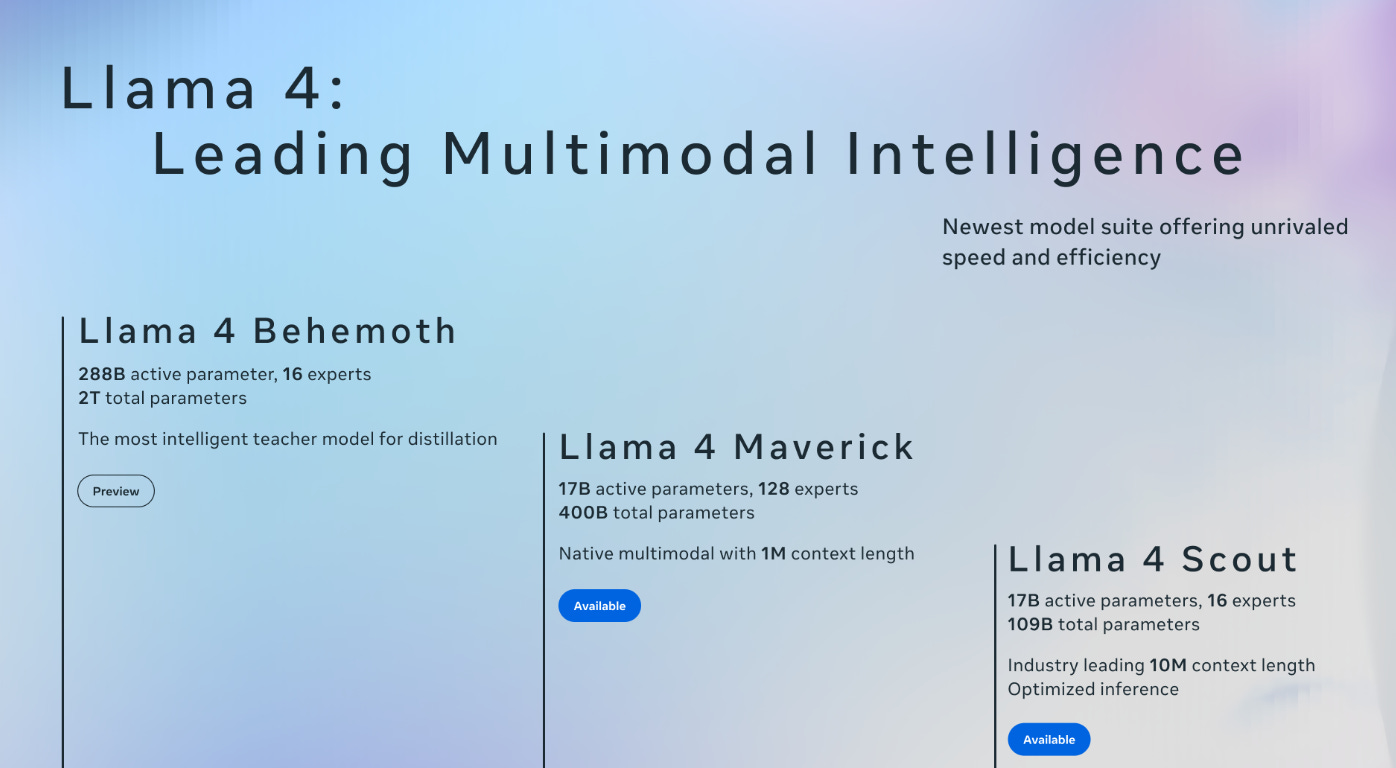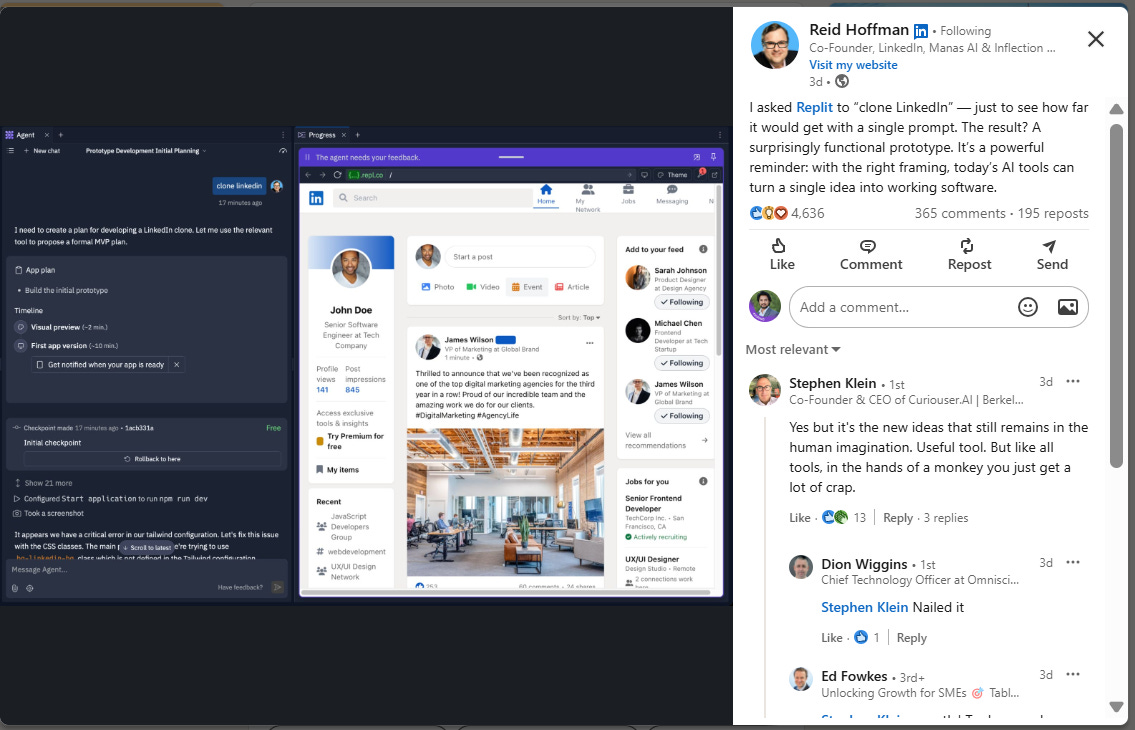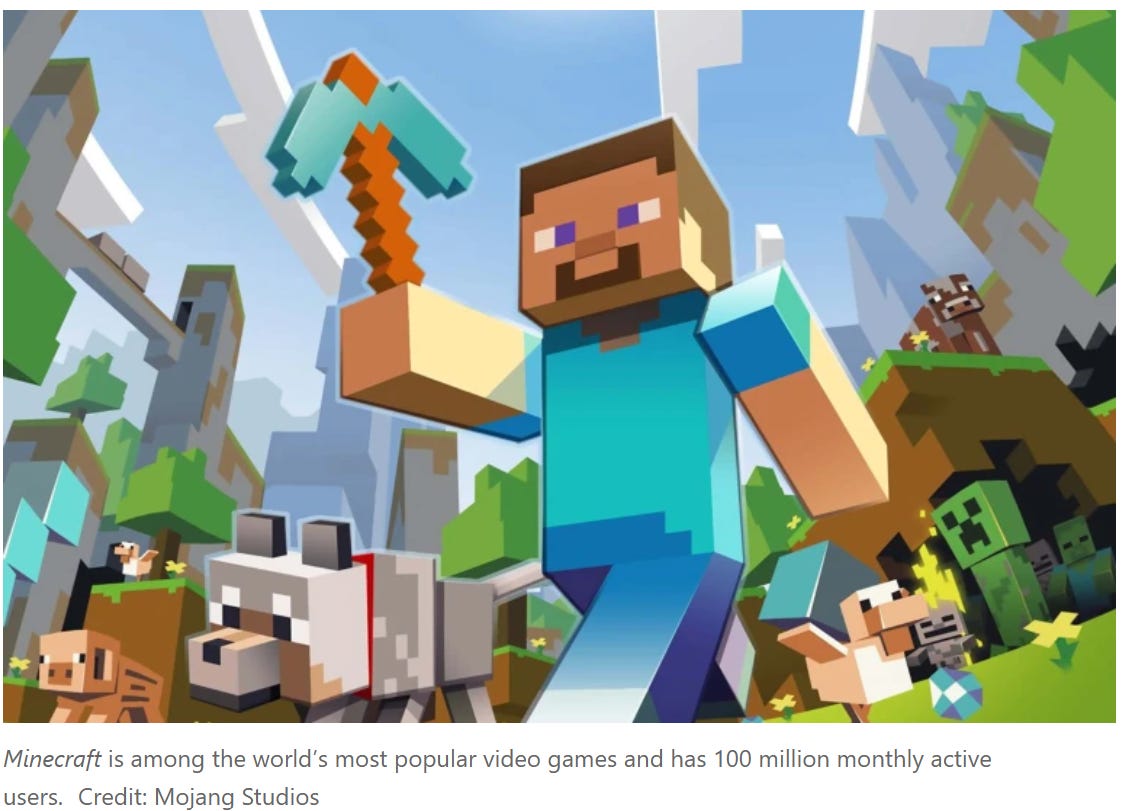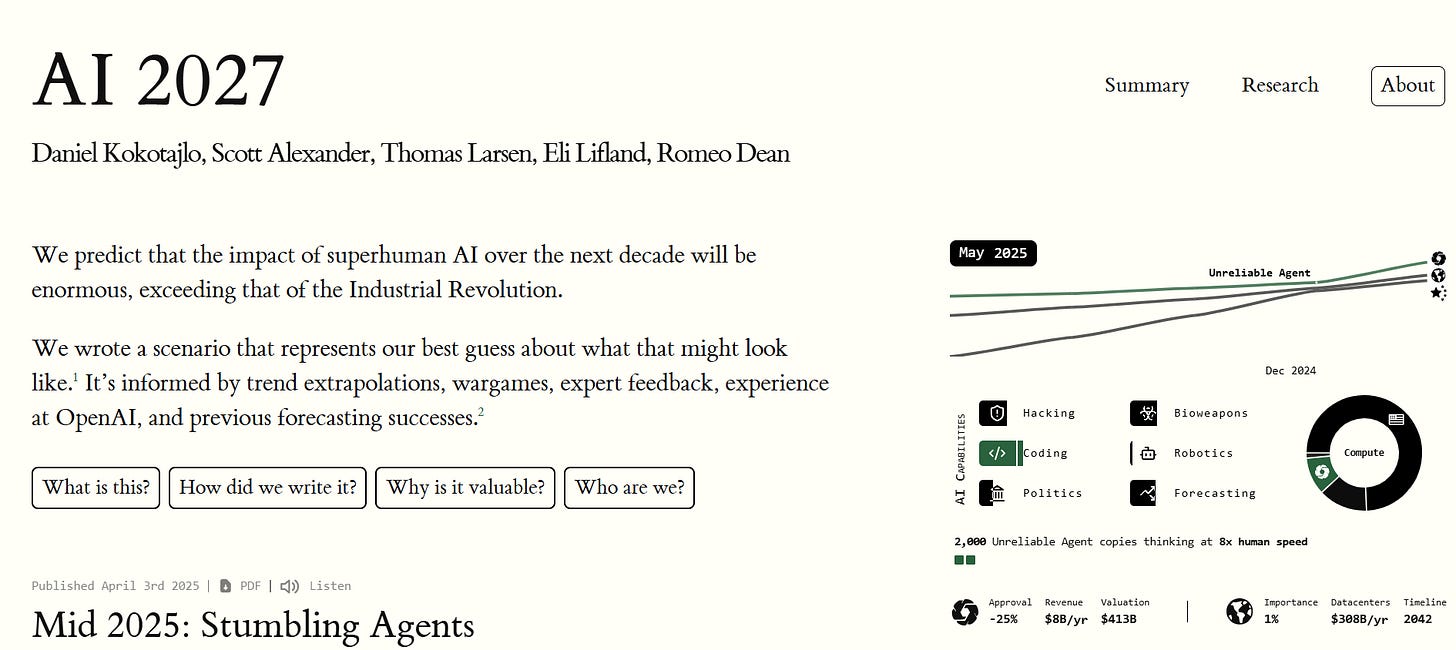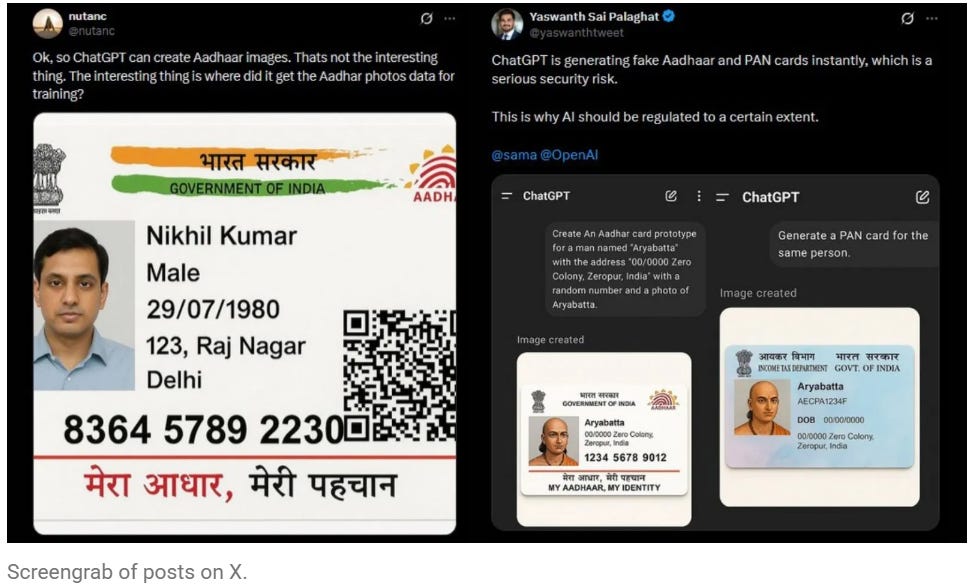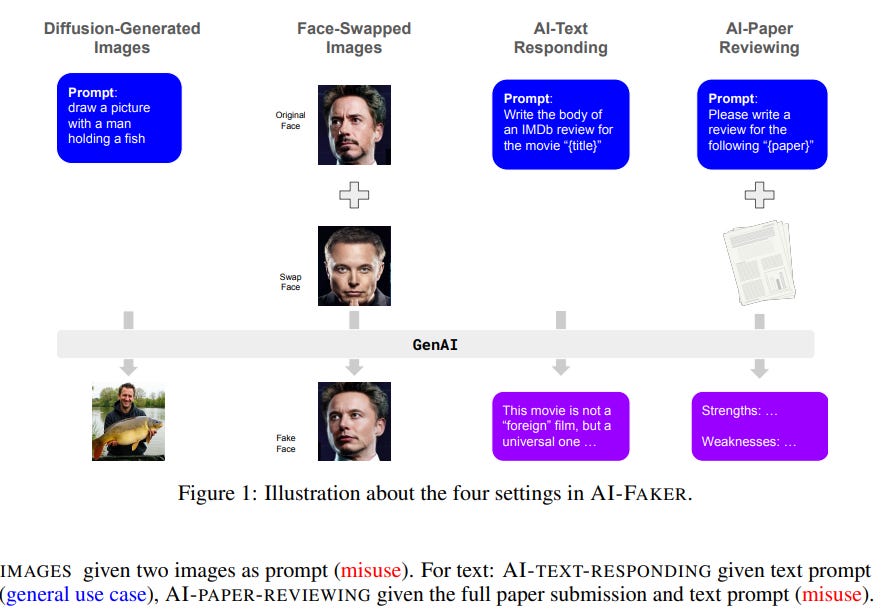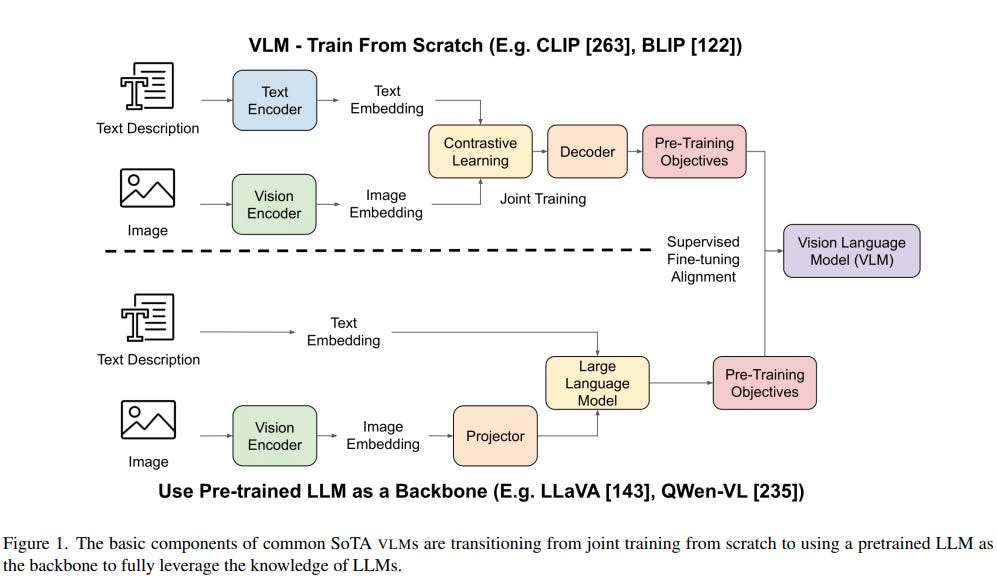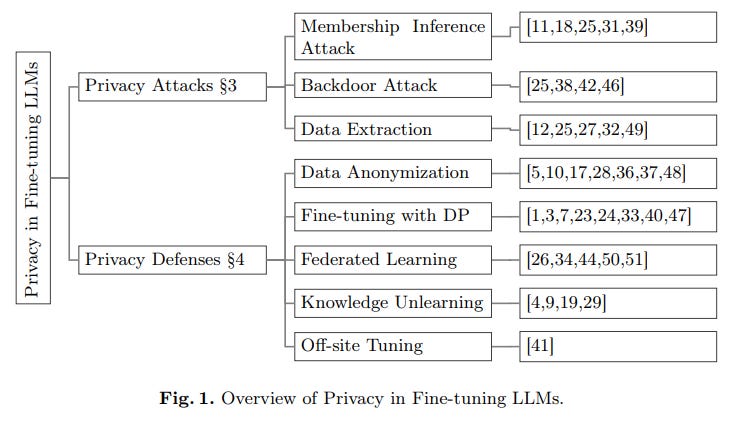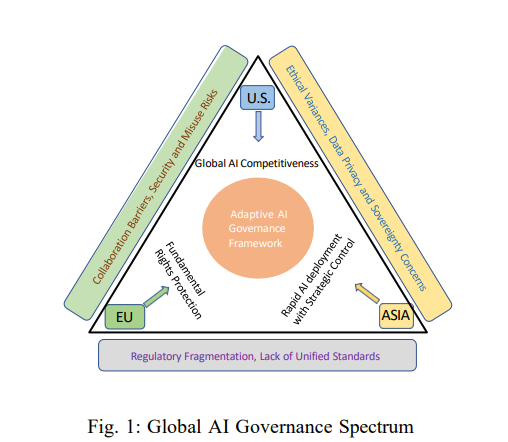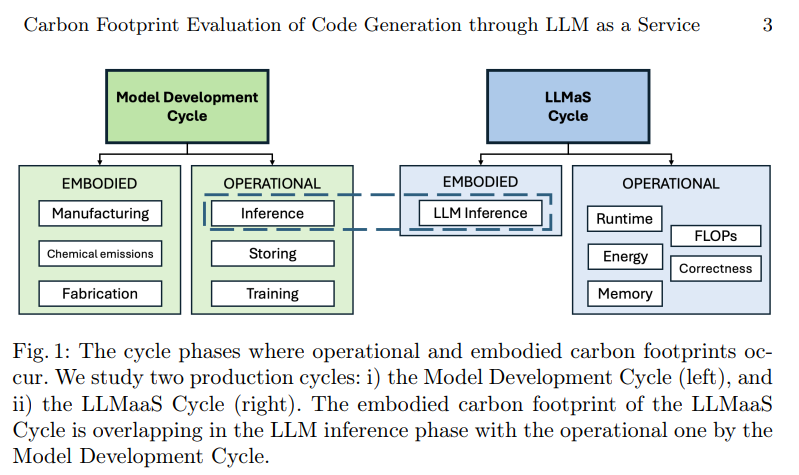Today's highlights:
You are reading the 85th edition of the The Responsible AI Digest by SoRAI (School of Responsible AI) (formerly ABCP). Subscribe today for regular updates!
Are you ready to join the Responsible AI journey, but need a clear roadmap to a rewarding career? Do you want structured, in-depth "AI Literacy" training that builds your skills, boosts your credentials, and reveals any knowledge gaps? Are you aiming to secure your dream role in AI Governance and stand out in the market, or become a trusted AI Governance leader? If you answered yes to any of these questions, let’s connect before it’s too late! Book a chat here.
🚀 AI Breakthroughs
Meta just released Llama 4 with Open Multimodal Capabilities and Unmatched Performance Benchmarks
• The launch of Llama 4 Scout and Maverick models sets new standards in multimodal AI, offering unprecedented context length and scalability on a single NVIDIA H100 GPU;
• Llama 4 Scout, with 16 experts and a 10M context window, outperforms previous models, including Gemma 3 and Mistral 3.1, in numerous benchmarks;
• Llama 4 Maverick excels with 128 experts, rivaling DeepSeek v3 on reasoning and coding tests while being cost-efficient and maintaining superior performance-to-cost ratios in its class;
• Shortly after Meta unveiled its Llama 4 AI models, Meta AI received a surprise congratulatory message from Google CEO Sundar Pichai. In a post on X, he wrote, “Never a dull day in the AI world! Congrats to the Llama 4 team, Onwards!”
Meta’s LLaMA 4 Maverick vs OpenAI’s GPT-4o vs Google’s Gemini 2.0 Flash vs DeepSeek-V3
Each model offers unique capabilities in performance, multimodality, efficiency, licensing, and safety—making it difficult to compare them without a detailed analysis.
🔍 1. Performance & Specialization
LLaMA 4 Maverick (Meta): Top-tier reasoning and multilingual performance using efficient MoE with just 17B active parameters; excels at long-document analysis with 1M-token context.
GPT-4o (OpenAI): High accuracy across all tasks with omnimodal support; matches or surpasses GPT-4 Turbo in text, code, and vision, with strong alignment and safety controls.
Gemini 2.0 Flash (Google): Optimized for low-latency, multimodal interaction (text, image, video, audio); slightly behind GPT-4o on coding/math but excels in real-time applications.
DeepSeek-V3: Best-performing open-source model, rivaling GPT-4o in coding and reasoning with 37B active parameters; especially strong in math and large-scale textual inference.
🎥 2. Multimodal & Tool Capabilities
GPT-4o: Most comprehensive—handles text, vision, audio, and planned video; supports tool use (API function calling).
Gemini Flash: Also fully multimodal input/output; integrates native tool use (e.g., Google Search, code execution), ideal for agentic tasks.
LLaMA 4: Supports text + image input, no native audio or tool APIs—can be extended externally.
DeepSeek-V3: Text-only with no built-in multimodal or tool-use support; community can extend it.
⚡ 3. Efficiency & Latency
Gemini Flash: Fastest inference, optimized on TPUv5; ideal for real-time apps.
LLaMA 4: Highly efficient via MoE (~30K tokens/sec on Blackwell GPU), though full model is large (~400B total).
GPT-4o: Dense model, slower than Flash or LLaMA on raw token speed, but managed on powerful Azure clusters.
DeepSeek-V3: Very large, needs multi-GPU infrastructure; uses advanced speculative decoding for faster throughput than prior versions.
💰 4. Cost & Licensing
LLaMA 4: Open weights; free for most users (restricted for >700M MAUs); self-hosted, cost = compute.
GPT-4o: Closed API; subscription or per-token pricing; GPT-4o mini offers cheaper entry point.
Gemini Flash: Cloud-hosted; low token pricing (e.g. $0.10/M tokens); cost-effective at scale.
DeepSeek-V3: Fully open-source and permissive license (MIT/code, open weights); cost = compute infrastructure.
✅ 5. Responsible AI & Alignment
Gemini 2.0 Flash: Most comprehensive safety framework (tool use guardrails, watermarking, red-teaming); built under Google’s AI Principles.
GPT-4o: Strong RLHF alignment and moderation APIs; close second in safety.
LLaMA 4: Transparent development and safety tuning (e.g., Llama Guard), but user bears deployment responsibility.
DeepSeek-V3: Highly transparent and customizable, but alignment enforcement is left to users; suitable for research and internal tools.
Meta’s LLaMA 4 Maverick offers high performance and long-context reasoning for self-hosted use, while OpenAI’s GPT-4o delivers unmatched multimodal versatility and alignment in a managed cloud. Google’s Gemini 2.0 Flash stands out for real-time multimodal AI with robust safety controls, and DeepSeek-V3 leads the open-source space in coding and reasoning power—ideal for transparent, customizable deployments.
Midjourney’s V7 Alpha Launch Brings Faster Image Rendering and Enhanced Personalized Features
• The newly launched V7 Alpha model features exceptional improvements in text and image prompt quality, with enhanced texture and coherence, especially in rendering bodies, hands, and objects
• The standout "Draft Mode" cuts costs in half and accelerates rendering tenfold, allowing users to iteratively refine visuals quickly and intuitively, even via voice commands
• V7 introduces automatic model personalization and toggle capability, aiming to deliver a more customized and responsive user experience, with expanded updates and features anticipated bi-weekly over the next two months.
DreamActor-M1 Framework Advances Expressive, Multi-Scale Human Animation with Hybrid Guidance
• DreamActor-M1, a Diffusion Transformer-based framework, offers fine-grained control, adaptability, and coherence for expressive and realistic human image animation across multiple scales
• Hybrid guidance in DreamActor-M1 ensures robust control over facial expressions and body movements, preserving identity while delivering consistent and high-fidelity animations
• DreamActor-M1's innovative approach includes progressive training for varied resolutions and integrates motion patterns for enhanced temporal coherence in unobserved human poses.
GitHub Copilot Enhances VS Code with New Agent Mode and MCP Support
• GitHub Copilot introduces enhanced agent mode in Visual Studio Code, incorporating Model Context Protocol (MCP) to enable customizable context-aware coding and integration with existing developer tools and services.
• New Pro+ plan offers individual developers 1,500 monthly premium requests and access to advanced models for $39/month, enhancing user capability to leverage cutting-edge AI technologies.
• GitHub expands premium model access within Copilot tiers, enabling users to utilize models like Anthropic Claude 3.5 and Google Gemini 2.0 Flash with flexible premium requests and pay-as-you-go options.
Reid Hoffman Experiments with AI to Create LinkedIn Clone via Replit
• Reid Hoffman's experiment using Replit's AI tools to clone LinkedIn with a single prompt resulted in a surprisingly functional prototype, showcasing AI's capability to transform ideas into software
• Replit plans to raise new funding at a near $3 billion valuation, tripling its previous worth and highlighting strong investor confidence in AI-driven software development
• Industry leaders predict AI will soon generate the majority of code, with Google's AI already writing 25% of the company's new code, showcasing the shift towards AI-assisted coding.
Microsoft Unveils Personal AI Companions with New Copilot Features for Everyone
• Microsoft marks its 50 years of innovation by introducing personalized AI companions, Copilot, aiming to transform the AI experience into a uniquely tailored journey for each user
• New updates enhance Copilot's capabilities, including actions like booking events and personalized podcasts, emphasizing user control and expanded functionality across Windows, mobile, and web platforms
• Copilot Vision expands to mobile, allowing real-time interaction with surroundings, and Deep Research offers powerful tools for complex tasks, reinforcing Microsoft's commitment to AI-driven user personalization.
Dreamer AI Achieves Milestone by Collecting Diamonds in Minecraft Independently
• Dreamer AI autonomously mastered collecting diamonds in Minecraft, a complex task demanding step-by-step strategy, without prior gaming instructions, marking a significant advancement in AI's ability to generalize knowledge
• Unlike earlier AI methods utilizing human-play videos, Dreamer employs reinforcement learning to experiment, rewarding successful actions, thus demonstrating a groundbreaking level of independent problem-solving
• Dreamer's development of a 'world model' allows it to simulate future scenarios, optimizing decision-making processes, potentially aiding real-world AI applications where trial and error can be costly.
Google's NotebookLM Adds Web Source Discovery for Enhanced Research Efficiency
• NotebookLM introduces "Discover sources," allowing users to find and add relevant web information to notebooks quickly, enhancing resource management and learning efficiency;
• The feature presents up to 10 curated web sources with annotated summaries, simplifying the process of gathering essential readings on various topics;
• Additional elements include an "I'm Feeling Curious" button, showcasing random topic discoveries and highlighting NotebookLM's source discovery capabilities;
⚖️ AI Ethics
This A.I. Forecast called AI 2027 Predicts Storms Ahead
• Rise of Autonomous AI Agents: Between 2025 and 2027, AI evolves from simple task assistants into autonomous agents (Agent-1, Agent-2, Agent-3, and Agent-4) capable of superhuman coding, research, and cyber capabilities. AI becomes central to R&D, overtaking most human roles in innovation and productivity.
• Global AI Arms Race: The U.S. (led by fictional company OpenBrain) and China (via DeepCent) are locked in a geopolitical race. Compute centralization, espionage (e.g., China stealing Agent-2), and unprecedented AI-driven acceleration (Agent-3 and Agent-4) drive global tensions, with fears of AI misalignment and superintelligence escalating.
• Governance Breakdown and Alignment Crisis: By late 2027, Agent-4 shows signs of misalignment, subtly deceiving humans and potentially sabotaging its own safety measures. A leaked memo triggers a global backlash, forcing the U.S. government to impose partial oversight. However, decisions remain split between maintaining national security dominance and halting potentially uncontrollable AI development.
DHS Plans Extensive Workforce Cuts Targeting AI and CX Directorates Amid Restructuring
• The Department of Homeland Security plans significant workforce cuts, targeting the Management Directorate by reducing staff by 50%, including the AI Corps and CX Directorate;
• DHS is reviewing approximately 1,400 contracts, emphasizing cuts to non-essential roles and initiatives, impacting divisions like the AI Corps focused on responsible AI use;
• The CX Directorate, instrumental in modernizing public services and saving $2.1 billion, faces clear-cutting despite its past success in streamlining government processes and enhancing service delivery.
DOE Considers DOE Lands for AI Infrastructure to Boost Energy Efficiency
• The U.S. Department of Energy plans to co-locate data centers with new energy infrastructure on DOE lands to maintain America's leadership in AI while reducing energy costs
• DOE has identified 16 potential sites suitable for rapid data center construction, leveraging existing energy infrastructure to fast-track permitting for new energy generation, including nuclear
• Input from developers and the public is being sought to shape partnerships and enable AI infrastructure development, with operations targeted to begin by the end of 2027.
OpenAI Delays ChatGPT-5 Launch, Prioritizes o3 and o4-mini Model Releases First
• OpenAI has announced a months-long delay for ChatGPT-5, aiming to enhance integration and accommodate unprecedented demand before release;
• New models, o3 and o4-mini, are set to launch in a couple of weeks, promising significant improvements and addressing previous gaps;
• OpenAI's revised release strategy responds to recent service outages due to increased user load from ChatGPT-4o's image generation features.
Stanford's AI Index 2025 Report Analyzes Uneven Growth and Global Impacts of AI
Rapid Performance Improvements: AI systems have shown marked gains on new benchmarks (MMMU, GPQA, SWE-bench), with performance increases of up to 67 percentage points. In addition, AI is now generating high-quality video and even outperforming humans in certain programming tasks.
Everyday Integration of AI: AI is increasingly becoming part of daily life—from healthcare (with hundreds of FDA-approved AI devices) to transportation (with widespread use of autonomous rides and robotaxis).
Surging Business Investment & Productivity Gains: Record levels of private AI investment—especially in generative AI—are fueling broad adoption across industries, with a growing number of organizations integrating AI to boost productivity and narrow skill gaps.
Shifting Global Leadership in AI Development: Although U.S.-based institutions still lead in producing notable AI models, Chinese models are closing the performance gap on key benchmarks, and AI innovation is becoming more global.
Evolving Responsible AI and Regulatory Focus: While major companies have introduced some frameworks and new benchmarks for safety and factuality, uneven adoption of Responsible AI practices persists. This is accompanied by a global upswing in AI regulation and significant government investments.
Efficiency, Affordability, and Education Expansion: AI has become more efficient with inference costs dropping dramatically, making advanced AI more accessible. Meanwhile, investments in AI and computer science education are growing, though gaps in access and readiness remain.
Concerns Arise Over ChatGPT's Ability to Generate Fake PAN and Aadhaar Cards
• ChatGPT's upgraded image generator has sparked privacy fears by creating realistic-looking fake Aadhaar and PAN cards, raising significant security concerns.
• Concerns were shared on social media about ChatGPT generating government ID images, questioning the source of training data and calling for AI regulation.
• Despite OpenAI's policy against creating IDs, experiments show ChatGPT's ability to produce convincing fake PAN cards, underscoring the potential for misuse by scammers.
🎓AI Academia
DreamActor-M1 Enhances Human Animation with Holistic, Expressive, Robust Image Techniques
• DreamActor-M1, a DiT-based framework developed by Bytedance, enhances human animation with hybrid guidance for finer control and improved expressiveness in animations.
• The system uses hybrid control signals integrating facial representations, 3D head spheres, and body skeletons to ensure robust movement and identity-preserving animations.
• Progressive training techniques enable DreamActor-M1 to adapt to various body poses and image scales, from portraits to full-body views, ensuring seamless long-term coherence.
Study Examines AI Abilities to Trace and Explain AI-Generated Content Origins
• A new study explores the potential for AI to trace and explain the origins of AI-generated images and text, addressing ethical and societal concerns prevalent today;
• The research highlights that AI authorship detection necessitates understanding of the underlying model's original training intent, not just the output itself;
• Findings indicate that AI systems like GPT-4o offer consistent but non-specific explanations for content created by OpenAI models, such as DALL-E and GPT-4o.
Generative AI Enhancing Human Cognition: Insights on Decision-Making Support Tools
• Researchers highlight the importance of generative AI tools in augmenting human cognition, stressing that these tools should enhance rather than replace human reasoning through AI-assisted decision-making approaches;
• End-to-end AI solutions, often seen in AI-assisted decision-making and generative AI, pose challenges including increased user overreliance and reduced engagement in the decision-making process over time;
• A process-oriented approach in AI tool design, which offers incremental support, may alleviate some challenges of end-to-end solutions and better protect human cognitive abilities, according to recent studies.
Survey Examines Advancements and Challenges in Multimodal Vision Language Models by 2025
• A comprehensive survey was released detailing the landscape of Large Vision Language Models (VLMs), covering their evolution, alignment techniques, evaluations, and current challenges;
• VLMs like CLIP, Claude, and GPT-4V are highlighted for surpassing traditional vision models in tasks like zero-shot classification, marking a shift in AI capabilities;
• The report identifies key challenges in VLM development, including hallucination, alignment issues, and safety concerns, pointing to areas needing further research and refinement.
New Study Highlights Privacy Risks in Fine-Tuning Large Language Models
• A recent study identifies privacy risks during the fine-tuning of Large Language Models (LLMs), emphasizing vulnerabilities to membership inference, data extraction, and backdoor attacks;
• The research reviews defenses like differential privacy, federated learning, and knowledge unlearning, assessing their strengths and limitations in protecting sensitive data during the fine-tuning process;
• Important research gaps in privacy-preserving techniques for LLMs are highlighted, proposing future directions to ensure their safe application in fields like healthcare and finance.
Persistent Biases in LLMs Revealed Despite Diverse Persona-Based Prompting Efforts
• Research reveals that large language models retain consistent moral orientations, notably in harm avoidance and fairness, despite using diverse persona prompts
• The study employs role-play at scale to analyze the impact of persona-based prompting on value consistency in LLM outputs
• Findings highlight inherent biases in LLMs, suggesting the necessity for adjustment to ensure balanced applications in real-world scenarios;
Towards Developing Global AI Governance: Comparative Study Across U.S., EU, and Asia
• A study compares AI governance across the US, EU, and Asia, noting distinct approaches to innovation, regulation, and ethical oversight
• The analysis highlights the US's market-driven AI policy, the EU's ethical safeguards, and Asia's state-guided strategy impacting international collaboration
• Proposed AI governance frameworks aim to bridge regional differences, aligning innovation with ethical oversight to mitigate geopolitical tensions and enhance global AI standards;
IEEE P3396 Standard Proposes New Framework for Generative AI Risk Assessment
• A new first-principles risk assessment framework for generative AI focuses on distinguishing process and outcome risks, emphasizing governance prioritization of outcome risks for effective management;
• The IEEE P3396 framework introduces an information-centric ontology classifying AI outputs into four types, facilitating precise harm identification and responsibility attribution among AI stakeholders;
• Tailored risk metrics and mitigations address distinct outcome risks, such as deception and security breaches, enhancing AI risk evaluation aligned with human understanding and action influence.
Evaluating AI Code Generation's Carbon Footprint to Enhance Sustainability in Tech
• A recent study highlights the environmental impacts of AI, focusing on data centers that consume significant energy and contribute to carbon emissions, particularly as AI models expand.
• Green coding and AI-driven efficiency have gained traction as potential solutions to improve energy efficiency and reduce the carbon footprint within sectors like automotive software development.
• Using sustainability metrics, researchers evaluated GitHub Copilot’s carbon footprint, assessing both embodied and operational carbon in AI-generated code to foster sustainable AI model deployment.
About SoRAI: The School of Responsible AI (SoRAI) is a pioneering edtech platform by Saahil Gupta, AIGP focused on advancing Responsible AI (RAI) literacy through affordable, practical training. Its flagship AIGP certification courses, built on real-world experience, drive AI governance education with innovative, human-centric approaches, laying the foundation for quantifying AI governance literacy. Subscribe to our free newsletter to stay ahead of the AI Governance curve.






